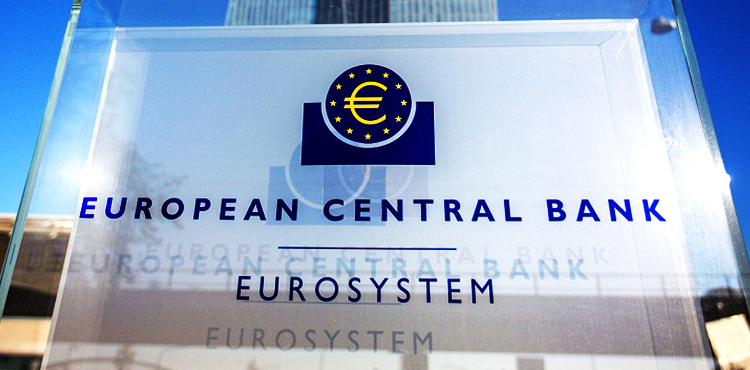The European Central Bank (ECB) delivered a 25 basis point cut in interest rates Thursday, adjusting the deposit facility rate to 2.5%. This move, already anticipated by the markets, marks a notable shift in the central bank’s approach to monetary policy.
Following the announcement, ECB President Christine Lagarde highlighted the decision stemmed from a “substantive discussion,” emphasizing broad agreement among council members, despite one abstention by a central bank governor.
The ECB’s statement reflects a significant change in rhetoric, indicated by the declaration that monetary policy is evolving to be “meaningfully less restrictive.” The adjustment aims to lower borrowing costs for businesses and households, consequently stimulating loan growth.
This new stance diverges from January’s outlook when the ECB described its monetary policy as “restrictive.” The current signaling suggests a pivot to a more growth-focused, albeit cautious, approach.
Eurozone inflation eased for the first time in four months, dropping to 2.4% in February. This development has boosted hopes among European Central Bank (ECB) policymakers that the recent inflationary surge may be short-lived.
However, expectations from economists, surveyed by Reuters, had pegged inflation to fall to 2.3%, slightly lower than the actual figure.
Core inflation, which strips out volatile food and energy prices, dipped to 2.6% from January’s 2.7%. Additionally, services inflation, a key domestic price indicator, fell to 3.7%, marking its lowest since April 2024.





